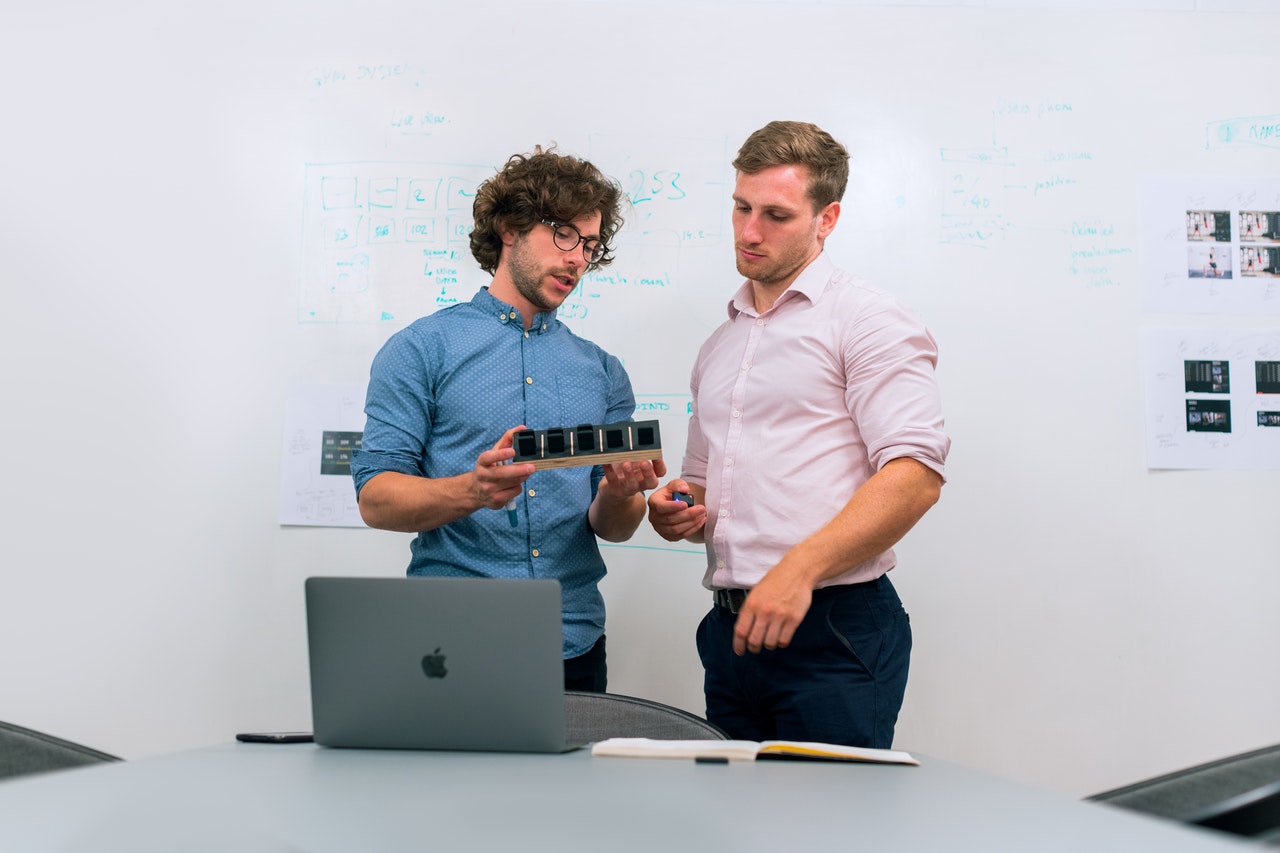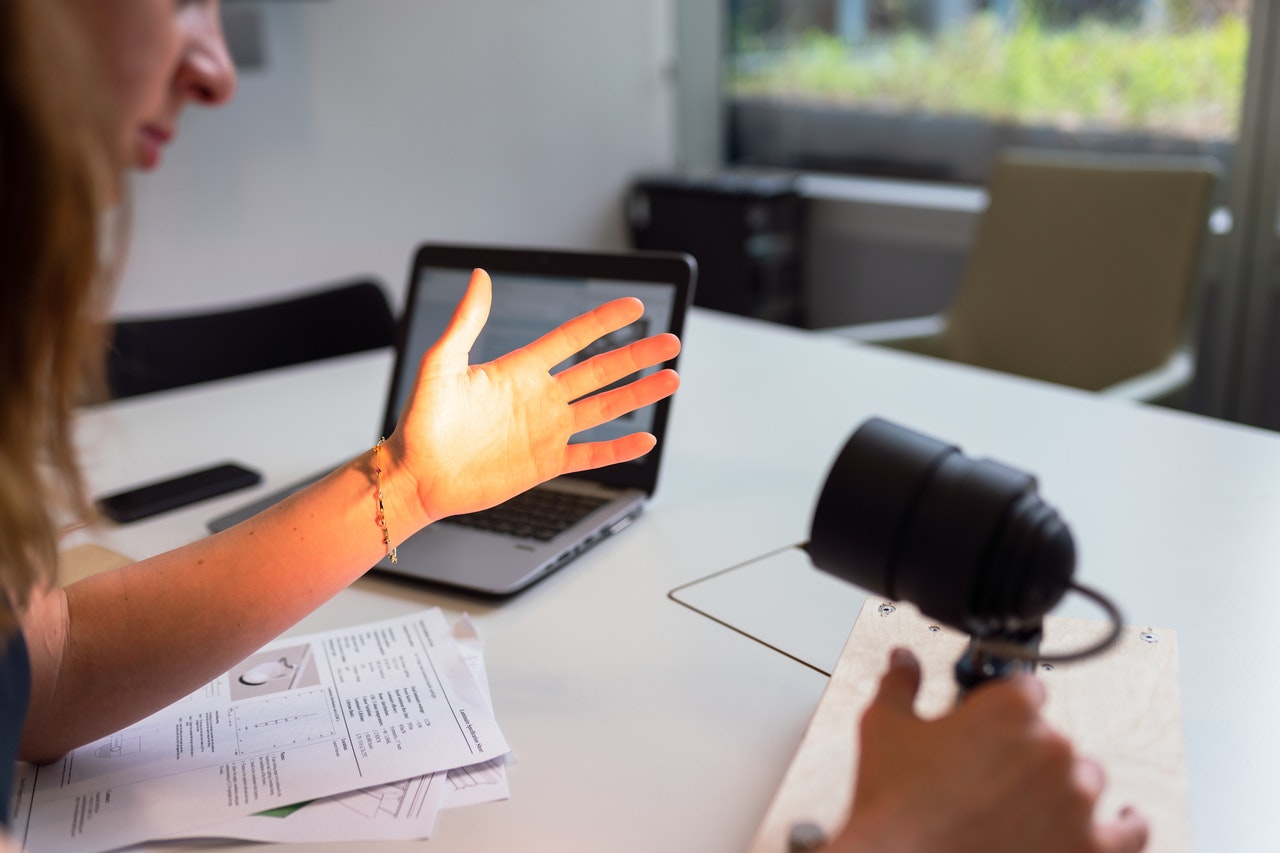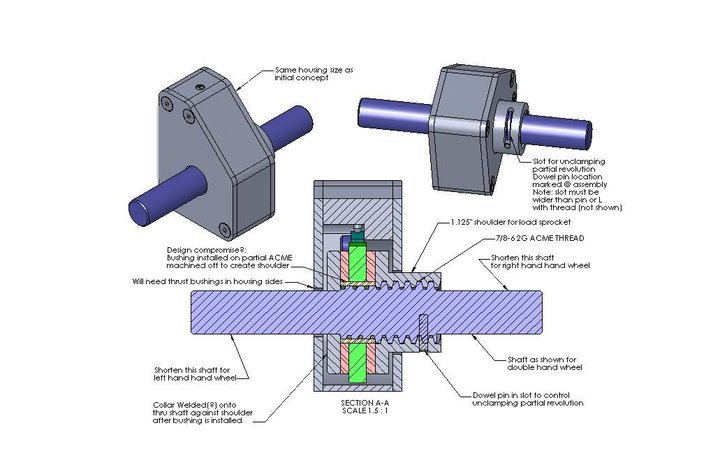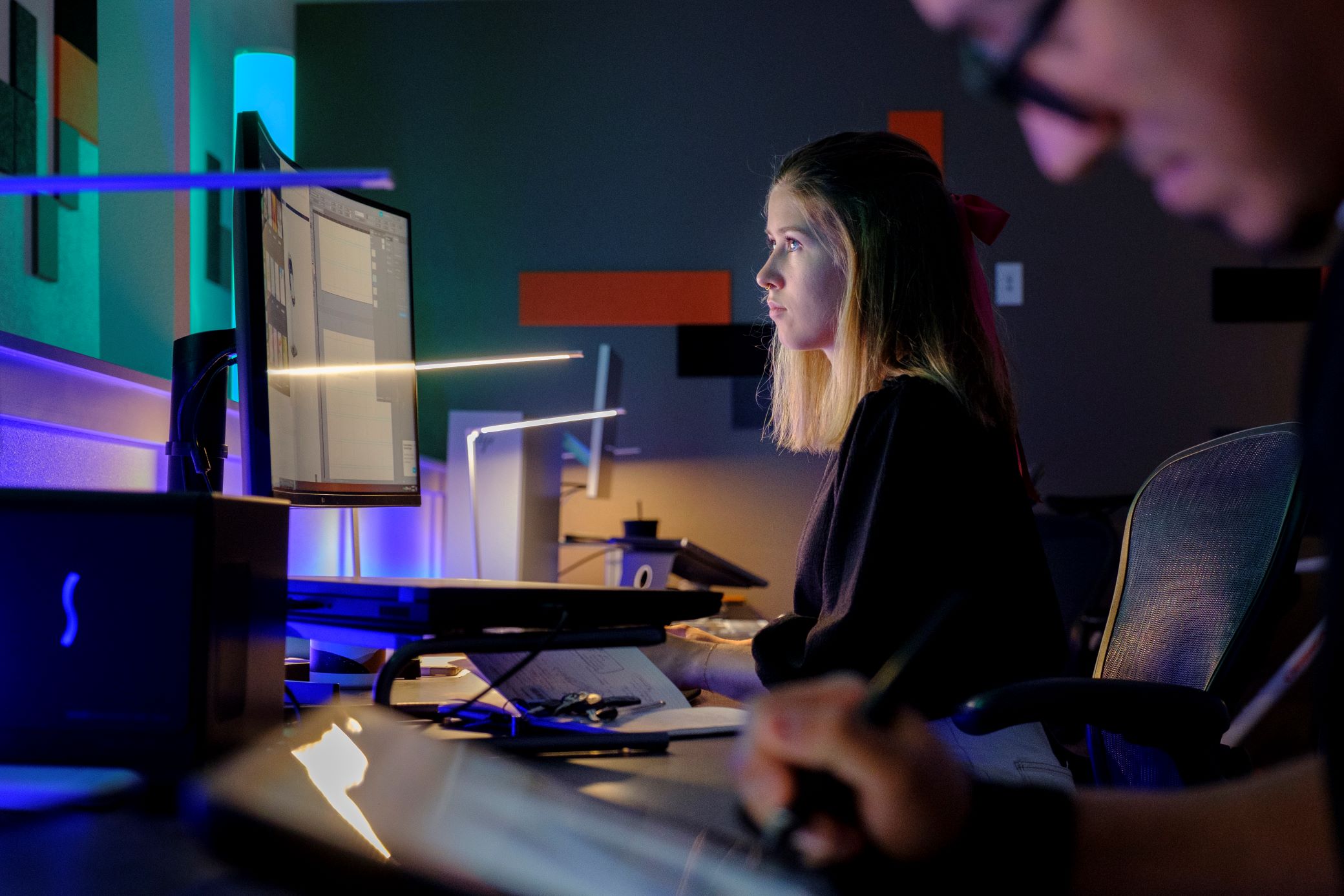So you have an idea. You likely know you’ll need to show more than just an idea to potential investors, but you’re not entirely sure what prototype development entails. If this describes you, you’re not alone — prototyping questions are among the most common product development inquiries we see on Quora.
Since this is such a popular topic among entrepreneurs and business owners wanting to develop a product, we decided to condense this topic into this easy-to-read guide.
The Prototype Explained
In general, a prototype is used to learn something. This might range from finding out if a mechanism is feasible to discovering if a feature set is meaningful to the market. Different levels of prototyping are appropriate at different stages of development and have different costs. We classify prototypes into four different levels, with higher-level prototypes typically being appropriate for the later phases of the product development process.
These principles apply to product prototype development of all sorts. For electronics products a prototype may exist to validate the embedded systems design or the enclosure design is viable. Or a prototype may exist for specific testing to validate the mechanical design.

Level 1: Feasibility Prototype
This level is when we validate individual features for feasibility. Additionally, it’s when developers decide if a product feature is worth keeping based on technical feasibility.
A feasibility prototype:
- Is extremely important
- Helps validate individual features
- Can be iterated until it is completely debugged
In machine design projects, this may be a subsystem prototype.
Level 2: Preliminary Product Prototype
This level is where your prototype can provide a lot of insight into how components will work together as well as identify any possible limitations or shortcomings in the design.
A preliminary product prototype:
- Has components that begin to come together and the product starts to take shape
- Is still in an experimental phase
- Might only have some features built (in some cases)
- May only be a shell to use as a reference for the final product
- Might incorporate industrial design elements to test aesthetics or ergonomics
Level 3: Demonstration Prototype
At this level, prototypes may not look exactly like the final product and can be used to show off to potential investors. This is the stage where we test different materials and different aesthetics.

A demonstration prototype:
- Includes many features and functions of the final prototype
- Starts demonstrating aesthetic components and appearance of the product
- Can begin undergoing user testing
{{cta}}
Level 4: Pre-Production Prototype (and Final Prototype)
Level four is where learning is more focused on industry requirements and the focus shifts from user feedback to feedback from contract manufacturing partners. (However, manufacturing should be top of mind for designers at every level of the product’s development.)
There are slight differences between the pre-production and final prototypes that are worth noting.
A pre-production prototype:
- Isn’t fully optimized
- May need last-minute adjustments
- May stay at this level before it becomes a final prototype

A final prototype:
- Has a complete feature set and internal components
- Is fully optimized
- Is ready for mass production
We hope this guide has been helpful. If you’d like to read more in-depth about our prototyping process, you can do so here. When you’re ready to accelerate your prototype development, get in touch. We’d love to hear about your project.
.jpg)





